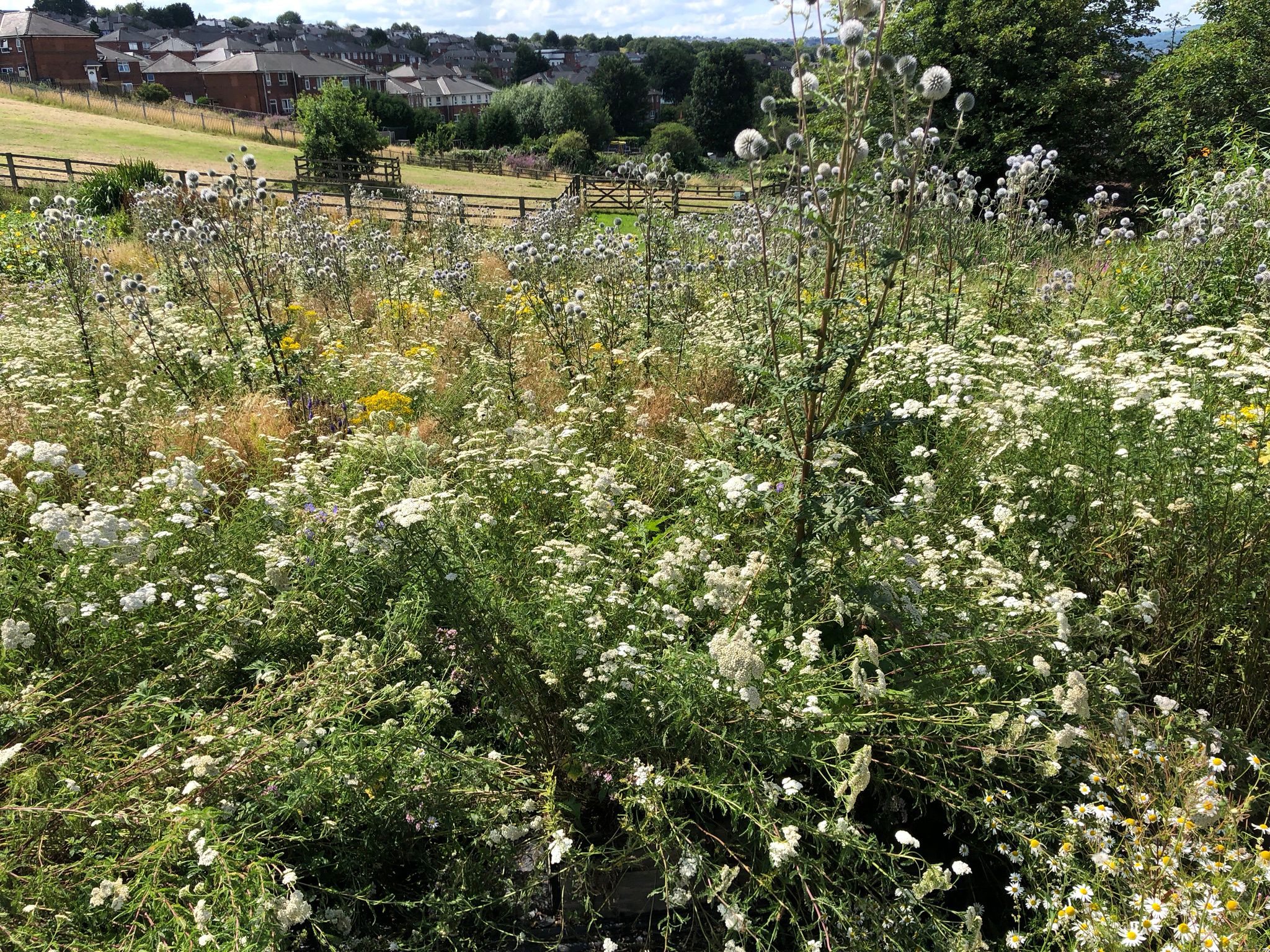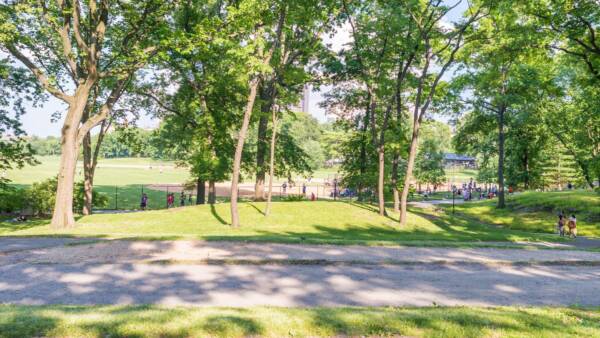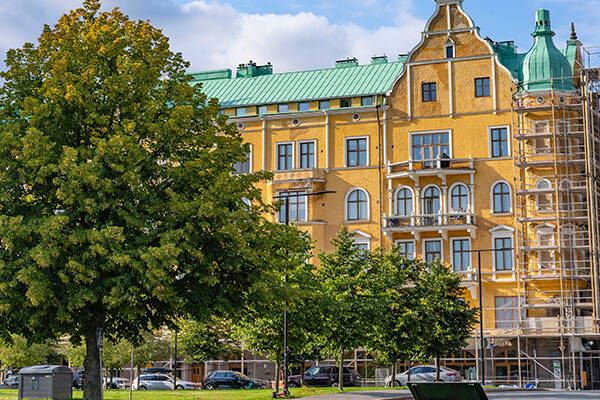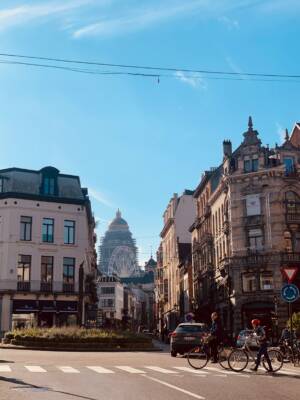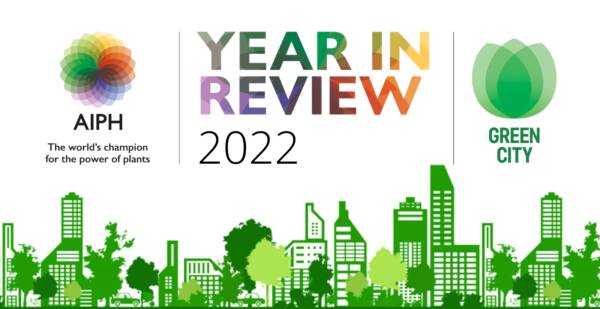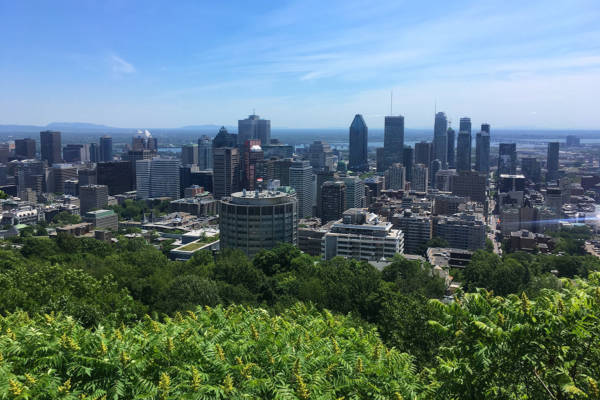By Dr Mingyu Jiang
Species rich and varied perennial meadows are a great way for landscape architects to enhance both social and ecological values in urban landscapes. Sowing density is one of the relatively few pre-sowing design ‘levers’ available to practitioners to develop a meadow community with a preferred composition. Understanding the effect of sowing density on the establishment of such preferred meadows widens the toolkit available to landscape architects. The essence to success in this type of meadow is a high level of forb density and variety in comparison to the grass species.
A challenge to this meadow sow mix is the dominant role of grasses, they often out compete the forb in both landscape design and ecological restoration projects. Sowing density can directly affect the community composition. The higher sowing density usually increases both intra and inter specific competition especially benefitting grass competition. The effects of sowing density have been widely discussed for ecological and agricultural purposes, but much less from the perspective of creating urban meadows. The question explored in this research is does a higher sowing density lead to a more successful (forb rich) or a more grass dominant meadow?
This Sheffield (UK) based field experiment was conducted in collaboration with Green Estate Ltd.. The species mix included 29 forb, which were UK native and Mongolian, and 1 grass species. Two sowing densities were compared over three growing years (2017-2019). The communities were measured with seedling numbers, biomass and coverage. The experimental field site was prepared to replicate common urban perennial meadow creation practices with herbicide application and sharp sand substrate.
The study found that higher sowing density did not lead to grass domination, which is a different result compared to many previous studies. This could be attributed to the competitiveness of selected forbs and the substrate conditions. Higher sowing density significantly increased the seedling numbers for forbs, although the advantage declined in the longer term. However, this was much less effective on increasing forb richness. In terms of forb survival, species specific characteristics determined their ability to access light resources and survive intense competition.
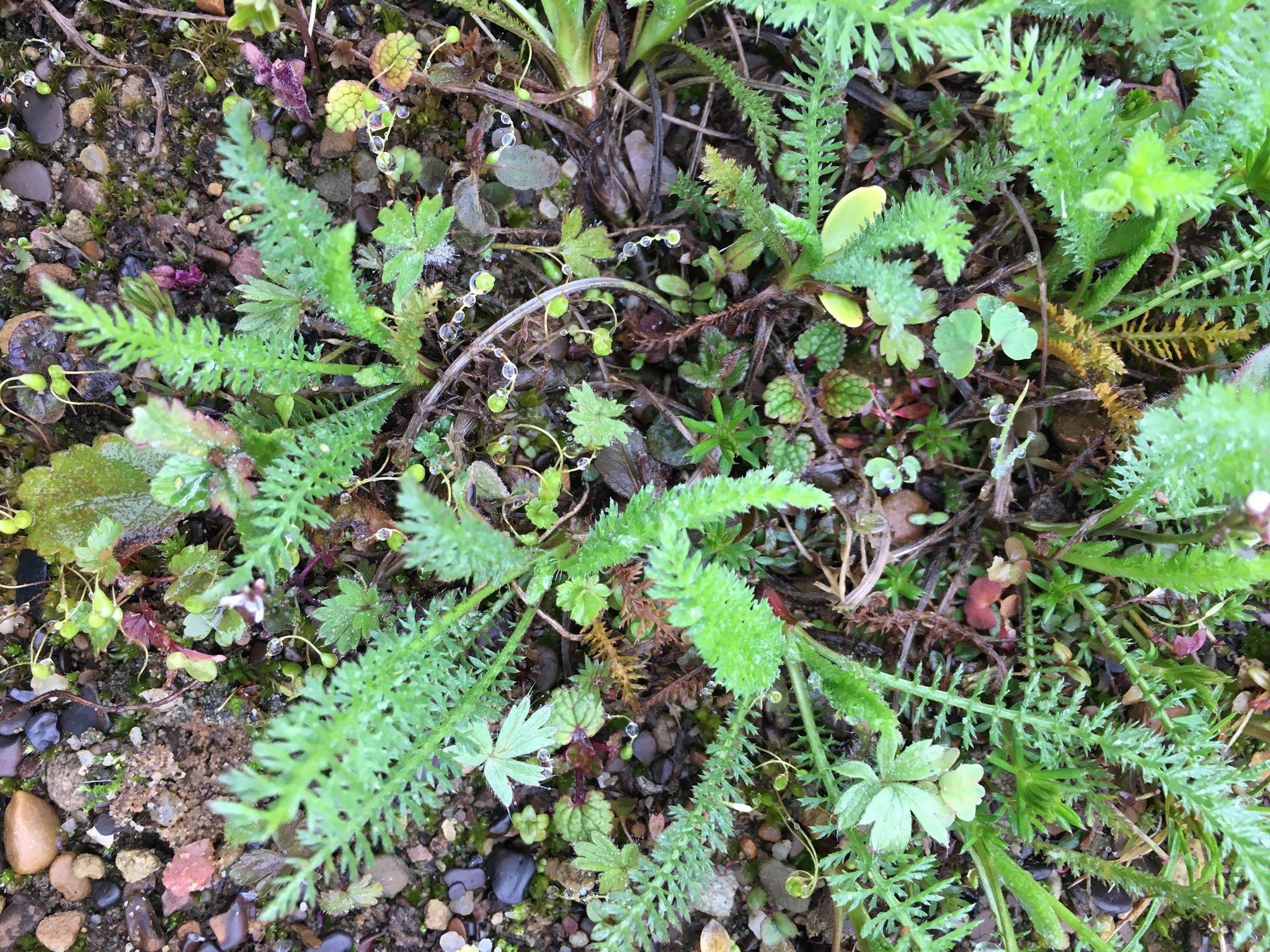

It seems intuitive that having more plants of a desired species post sowing is a good thing, and likely to be a positive in the future development of the community. However, the inevitably increased intra and interspecific competition from higher sowing densities lead to more rapid onset of dominance from within the sown cohort. The benefits of higher sowing density are mostly associated with how the developing meadow community is perceived in the first and second year. More seedlings resulting from higher sowing densities present a sense of success and are likely to result in a florally enhanced display in the second year. In the longer term, the increased intra and interspecific competition results in a gradual loss of species diversity and in particular, the loss of the slowest growing and most shade intolerant subordinate species.
The field experiment also showed that lower sowing rates are most attractive on soils which are either unproductive or do not contain a significant weed seed bank, and where there is little political pressure for rapid meadow development. Where these conditions do not apply, low density sowings may suffer from declining sown diversity, driven by competition from species recruited from the soil seed bank, rather than sown species per se. This competition potentially will lead to inferior long-term endpoints compared with those achieved by higher sowing densities.
This research has shown that to achieve species rich and varied perennial meadows, landscape architects need to consider the role of species dominance and adjust sowing densities accordingly. Meadow that are high in forbs achieve greater social and ecological value. The most appropriately designed sowing densities need to be based on the assessment of the climate, soil and pre-existing seed bank in order to balance positives and negative outcomes in any given context. The combination of long-term vision and sowing design allows practitioners to increase biodiversity and visual appeal in urban landscapes. For further information read here – https://www.sciencedirect.com/science/article/pii/S161886672200200X













